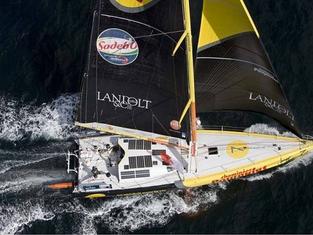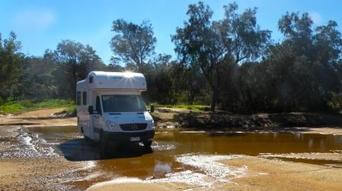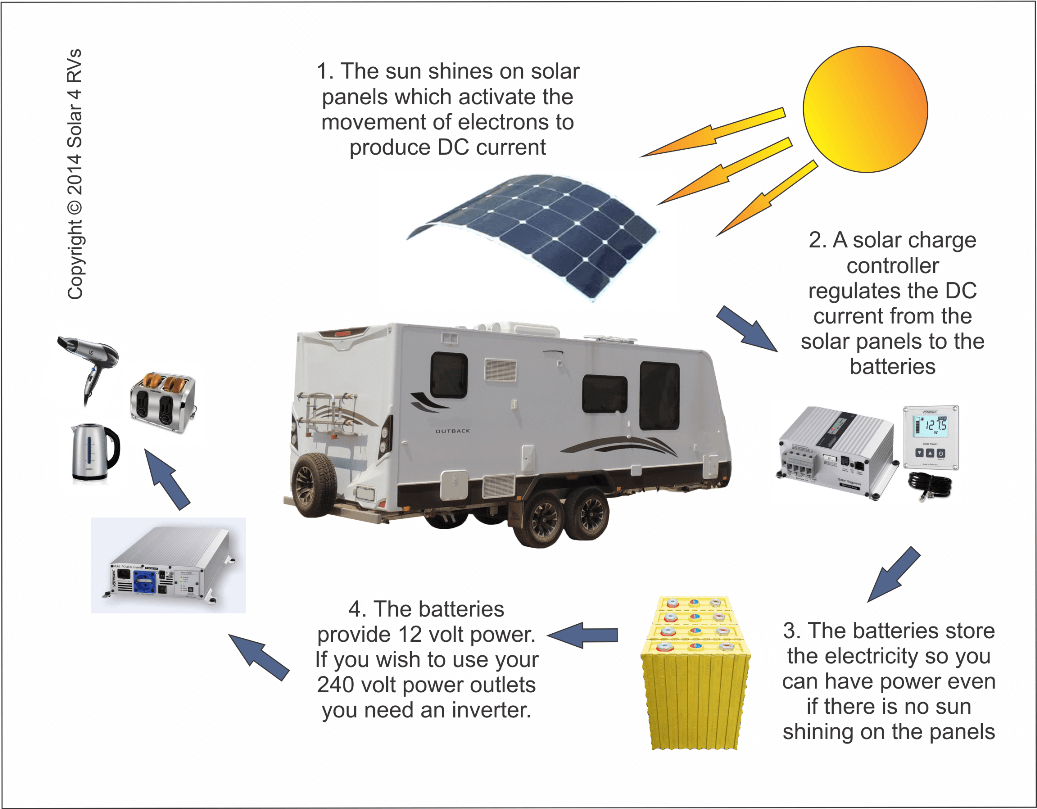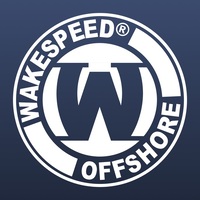Solar Simplified
Author: Solar 4 RVs
An overview of solar power for mobile applications
Solar power for mobile applications refers to using photovoltaic systems on caravans, boats, camper-trailers, motorhomes and other off-grid vehicles. In recent years, solar technology has become more affordable and efficient, making it an ideal solution for travellers who want reliable electricity on the move. This overview explains why solar is beneficial for your caravan, boat or RV, how a solar setup works, the types of solar technology best suited for mobile use, and the key components you’ll need for a complete off-grid power system.
Why install solar on your caravan, boat or RV?
The biggest advantage of having a solar power system is the independence it provides from mains power. Solar allows you to keep your batteries charged without needing to plug into 240V or rely on a generator. Many modern caravans and motorhomes come with a 12V (or 24V) battery system that charges via the vehicle alternator while driving, or via a 240V mains battery charger when connected to campground power. However, if you wish to stay in a remote location for an extended period without driving or grid power, you need an alternative way to recharge your batteries. Generators or idling your engine can top up batteries, but most travellers who enjoy nature prefer to avoid the noise, fumes and fuel costs of a generator in favour of a quieter, greener option.
- Camp off-grid for longer: Solar panels let you maintain battery charge indefinitely while camping in remote areas, so you’re not forced to move just to recharge.
- Peace and quiet: Solar energy is silent and fuel-free. Unlike a petrol or diesel generator, solar produces no noise or exhaust, preserving the tranquillity of your surroundings.
- Eco-friendly power: By using the sun’s energy, you reduce your carbon footprint. Solar power is now one of the cheapest and cleanest sources of electricity, helping minimise reliance on fossil fuels.
- Cost savings: After the upfront investment, sunlight is free. Solar can save money over time by cutting campground electricity fees and fuel bills for generators.
- Low maintenance: Quality solar panels have no moving parts and require minimal upkeep. Occasional cleaning of the panels and checking connections is usually all that’s needed.
 A racing yacht demonstrates the use of lightweight flexible solar panels on its deck, supplying renewable power without adding much weight. Flexible marine solar setups like this allow boats to run critical systems at sea without needing to fire up noisy engines or generators.
A racing yacht demonstrates the use of lightweight flexible solar panels on its deck, supplying renewable power without adding much weight. Flexible marine solar setups like this allow boats to run critical systems at sea without needing to fire up noisy engines or generators.
 With a solar-equipped motorhome (pictured above), travellers can enjoy remote campsites in peace. The solar panels keep the 12V batteries charged, eliminating the need for a generator and allowing nature lovers to camp off-grid without disturbing the environment. It also provides peace of mind, as you’re less likely to run out of power for essentials like fridges, lights, and communications when far from civilisation.
With a solar-equipped motorhome (pictured above), travellers can enjoy remote campsites in peace. The solar panels keep the 12V batteries charged, eliminating the need for a generator and allowing nature lovers to camp off-grid without disturbing the environment. It also provides peace of mind, as you’re less likely to run out of power for essentials like fridges, lights, and communications when far from civilisation.
Every traveller’s power needs are different. If you’re planning on installing solar, it’s important to size your system correctly. Consider your typical daily energy usage (for appliances like fridges, lights, fans, devices, etc.) and the capacity of your battery bank. You can use our convenient Solar Power Needs Calculator to estimate how many solar panels and battery capacity you’ll require for your style of travel.
How does solar power work?
In simple terms, a mobile solar power system captures energy from sunlight, stores it in batteries, and makes it available to run your devices and appliances. Here’s how a typical caravan/RV solar setup operates:
- Solar panels collect sunlight: Photovoltaic solar panels (usually mounted on your roof or deployed on the ground) convert sunlight into DC electricity.
- Charge controller manages the charge: The electricity from the panels flows into a solar charge controller (also called a regulator). The controller regulates the voltage and current, ensuring the batteries charge efficiently and safely without overcharging.
- Batteries store the energy: The DC power is stored in your battery bank (typically one or more deep-cycle batteries). This stored energy is what you draw on to power your 12V appliances or inverter later, even when the sun isn’t shining.
- Power is delivered to loads: Your 12V devices (lighting, pumps, fridge, etc.) can run directly off the battery power via appropriate fuses and distribution. For 240V appliances (like a microwave, TV or laptop charger), an inverter converts the DC battery power into 240V AC power, replicating what you’d get from mains sockets.
 This simplified diagram illustrates a basic off-grid solar setup in a camper: solar panels feed into a charge controller, which charges the battery. An inverter (optional) draws from the battery to power 240V appliances, while 12V devices run directly from the battery. For safety, all system components should be installed with appropriate fuses, circuit protection, and wiring that complies with relevant standards. In Australia, any 240V wiring in a mobile installation must be carried out by a licensed electrician and adhere to standards such as AS/NZS 3001 (Electrical installations for caravans and RVs).
This simplified diagram illustrates a basic off-grid solar setup in a camper: solar panels feed into a charge controller, which charges the battery. An inverter (optional) draws from the battery to power 240V appliances, while 12V devices run directly from the battery. For safety, all system components should be installed with appropriate fuses, circuit protection, and wiring that complies with relevant standards. In Australia, any 240V wiring in a mobile installation must be carried out by a licensed electrician and adhere to standards such as AS/NZS 3001 (Electrical installations for caravans and RVs).
Why use different solar technology for RVs and boats?
The typical rigid solar panels used on houses are heavy and not always ideal for mobile applications. For caravans, campervans, motorhomes, and marine use, lightweight alternatives are preferred:
- Semi-flexible panels: Flexible solar panels are ultra-thin (around 3-4 mm) and have no glass or aluminium frame, making them very light. They can often contour to slight curves (such as a caravan roof or boat deck) and are durable for outdoor conditions. Because they’re lightweight, they won’t add significant weight or affect the center of gravity of your vehicle or vessel.
- Easy installation: Flexible panels do not require bulky mounting brackets. Instead, they can be bonded directly to the roof surface using an appropriate adhesive sealant or high-strength double-sided tape (VHB tape). This saves weight and reduces air drag (important for fuel efficiency and noise reduction when driving). For guidance on secure installation, see our Flexible Solar Panel Mounting Guide.
- Portable folding panels: The same solar cell technology is also available in portable folding kits. These portable solar panels (often canvas-backed blankets or briefcase-style kits) can be unfolded when you set up camp, and angled toward the sun for maximum output. When not in use, they fold into a compact size for easy storage. Portable panels are great if you have limited roof space or want the flexibility to park in the shade while still placing panels in the sun.
.JPG)
Basic solar power system components
To set up an off-grid solar power system for your caravan, boat, or RV, you will need a few core components working together. Below is a summary of each component, what it does, and the type we recommend for mobile use:
| Component | Function | Recommended Type | Why This Type? |
|---|---|---|---|
| Solar Panels | Collect sunlight and produce DC electricity to charge the battery. | Mono-crystalline, high-efficiency panels (often semi-flexible or lightweight for RV use). | Mono-crystalline cells provide excellent efficiency in a compact size. Flexible panels are only ~3 mm thick, with no heavy glass or frame, keeping weight down. They can be bonded to surfaces without drilling, making installation easy and aerodynamic. |
| Solar Charge Controller | Regulates the power from the solar panels to safely charge the batteries (prevents overcharge and manages charging stages). | Maximum Power Point Tracking (MPPT) controller. | MPPT controllers are up to 30% more efficient than older PWM controllers, especially in low-light conditions. An MPPT charger optimises the power harvest from the panels, charging your battery faster and more reliably. (For more on selecting a regulator, see our guide on choosing a solar controller.) |
| Batteries | Store the solar energy so you have a supply of power when the sun isn’t shining (night or cloudy periods). | Lithium deep-cycle batteries (LiFePO4). | Lithium Iron Phosphate batteries are lighter and more compact than traditional lead-acid batteries, yet provide usable capacity up to 80%+ depth of discharge with no damage. They maintain a steady voltage output, charge faster, and have a much longer cycle life (often 2000+ cycles) which means a longer service lifespan. LiFePO4 batteries are also very safe (thermally stable, with built-in management systems) – an important consideration in confined spaces like caravans and boats. (Read our Lithium vs Lead-Acid comparison for more details.) |
| Inverter | Converts the battery’s 12V DC power into 240V AC power so you can run standard household appliances and power points. | Pure sine wave inverter (size to suit your wattage needs). | A pure sine wave inverter ensures the AC output is as smooth as grid electricity, so sensitive electronics run safely. Size the inverter in watts to handle your largest appliance (or combination of appliances) – e.g. a 1000W inverter for a microwave or tools, or 300W for laptop/TV. High-quality inverters come in two designs: low-frequency (with a transformer, better for very high surge loads like air conditioners) and high-frequency (lighter weight, ideal for moderate loads). In all cases, using a true sine wave inverter will allow any appliance to run as expected, giving you all the comforts of home on the road. |
With these components integrated into your RV or marine electrical system, you’ll have a complete solar power setup. The solar panels charge your batteries each day, and the stored energy can be used whenever you need it. To maximise performance, make sure to use appropriately sized cables and fuses, and include necessary accessories such as mounting hardware, monitors, and surge protectors (see 7 accessories you might need for your solar system). A well-designed solar setup will give you the freedom to explore Australia’s great outdoors without worrying about running out of power.
In summary: Adding solar to your caravan, boat, or camper is a smart investment for off-grid travellers. It provides free, silent, and eco-friendly energy that keeps your batteries charged and your appliances running wherever you roam. By choosing quality components and sizing your system to your needs, you can enjoy modern comforts – from lighting and refrigeration to device charging – all powered by the Australian sun. Embrace the solar-powered lifestyle and experience true freedom on the road (or water) without sacrificing the conveniences of home!





























